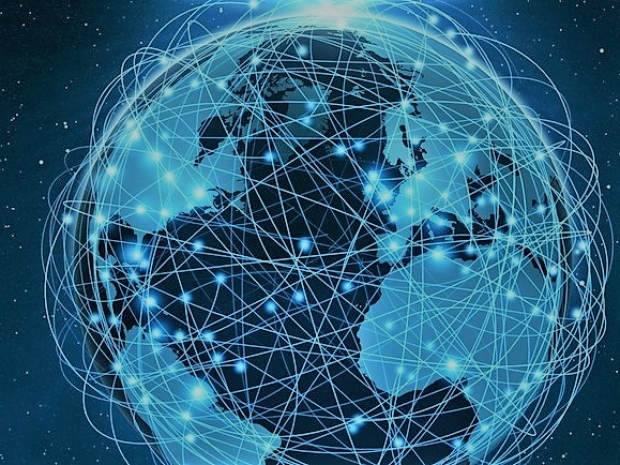Houlin Zhao, ITU Secretary-General, said that ITU's global and regional estimates for 2018 are a pointer to the great strides the world is making towards building a more inclusive global information society,
“By the end of 2018, we will surpass the 50/50 milestone for Internet use. This represents an important step towards a more inclusive global information society. However, far too many people around the world are still waiting to reap the benefits of the digital economy. We must encourage more investment from the public and private sectors and create a good environment to attract investments, and support technology and business innovation so that the digital revolution leaves no one offline."
“The new 2018 estimates reveal that there continues to be a general upward trend in the access to and use of information and communication technologies", said Brahima Sanou, Director of the ITU Telecommunication Development Bureau. “Access to telecommunication networks continues to increase, in particular in mobile connections. However, affordability should continue to be at the top of our priorities for the digital economy to become a reality for all."
According to ITU, in developed countries, slow and steady growth increased the percentage of the population using the Internet, from 51.3 percent in 2005 to 80.9 percent in 2018. In developing countries, growth has been much more sustained increasing from 7.7 percent in 2005 to 45.3 percent at the end of 2018. Of all ITU regions, the strongest growth was reported in Africa, where the percentage of people using the Internet increased from 2.1 percent in 2005 to 24.4 percent in 2018. According to the estimates, the regions with the lowest growth rates were Europe, at 79.6 per cent, and the Americas, with 69.6 percent of the population using the Internet. In the Commonwealth of Independent States (CIS) region, 71.3 percent will be using the internet; 54.7 percent in the Arab States and 47 percent in the Asia-Pacific region.
Mobile access to basic telecommunication services is becoming ever more predominant. While fixed-telephone subscriptions continue to decline with a penetration rate of 12.4 percent in 2018, the number of mobile-cellular telephone subscriptions is greater than the global population. Countries in the Asia-Pacific and Africa regions drove growth in mobile cellular subscriptions in the last five years. The increase was minor in the Americas and the CIS region while a decline was observed in Europe and the Arab States.
Broadband access continues to demonstrate sustained growth. Fixed-broadband subscriptions are continuously increas ing.There were more fixed-broadband connections, 1.1 billion in 2018 than fixed-telephone connections (942 million).
The growth in active mobile-broadband subscriptions has been much stronger, with penetration rates increasing from 4.0 subscriptions per 100 inhabitants in 2007 to 69.3 in 2018. The number of active mobile-broadband subscriptions have risen from 268 million in 2007 to 5.3 billion in 2018. Developing countries are registering much faster growth in mobile broadband subscriptions compared to developed countries. In developing countries, penetration rates have reached 61 per 100 inhabitants in 2018, with much more scope for further growth in the coming years. In LDCs, penetration rates went up from virtually zero in 2007 to 28.4 subscriptions per 100 in 2018. The most substantial increase in mobile broadband subscriptions has been observed in Asia-Pacific, the Arab States and Africa.
Nearly the entire world population, or 96 percent, now lives within reach of a mobile cellular network. Furthermore, 90 per cent of the global population can access the internet through a 3G or higher speed network.
ITU estimates that, globally in 2018, almost half of all households had at least one computer, up from just above a quarter in 2005. In developed countries, 83.2 percent of households possess a computer in 2018, compared with 36.3 percent in developing countries. LDCs show the strongest growth during the period 2005-2018. In 2018, less than 10 percent of households in LDCs has a computer. The strongest growth rates were observed in the Arab States and the CIS region. In Africa, the proportion of households with access to a computer increased from 3.6 percent in 2005 to 9.2 percent in 2018.
Internet access at home is gaining traction. ITU estimates that almost 60 percent of household hahaves Internet access at home in 2018, up from less than 20 percent in 2005. In developing countries, almost half of all households has Internet access at home, a considerable increase compared with 8.4 percent in 2005. Regional developments broadly follow the trends observed for households with computers.




